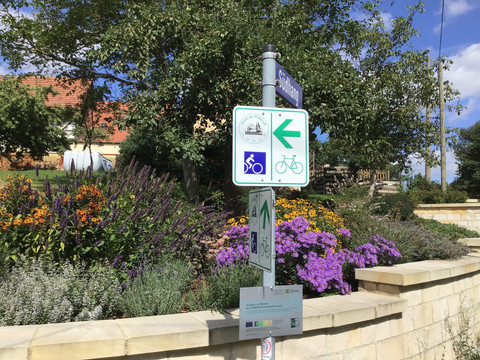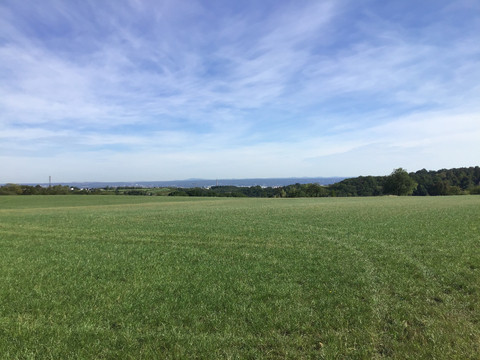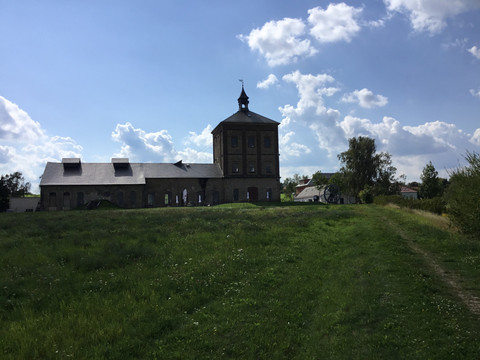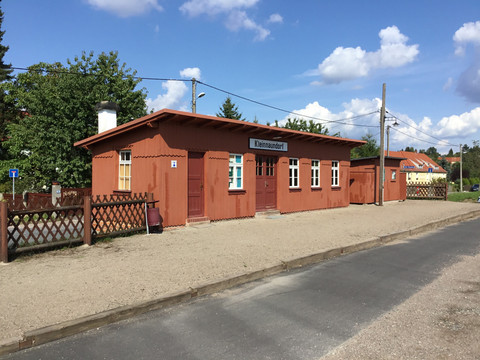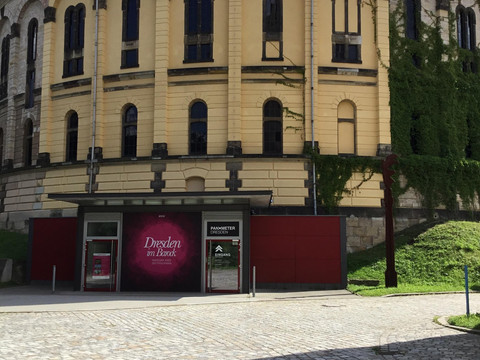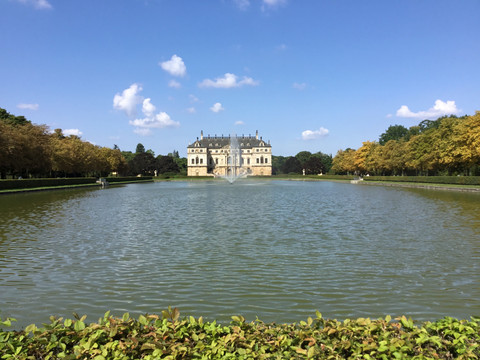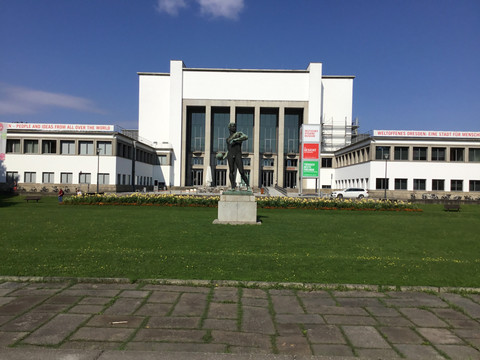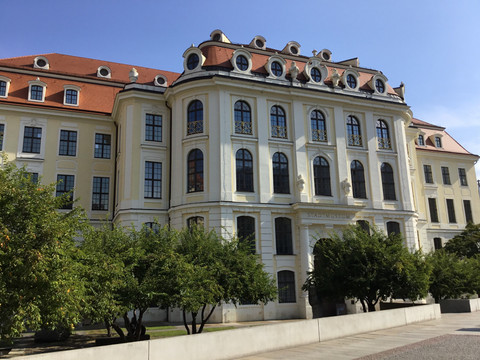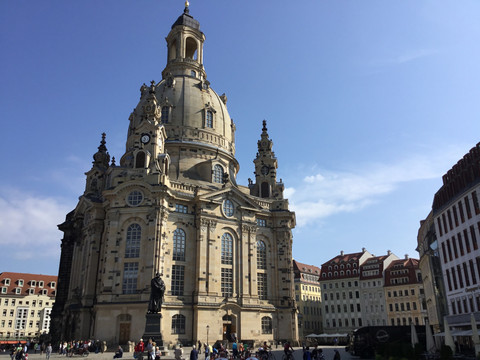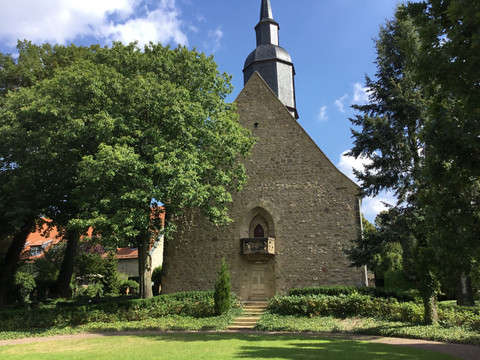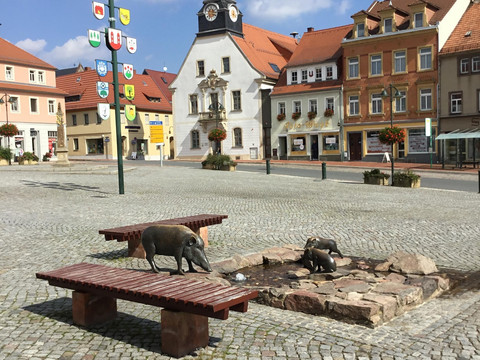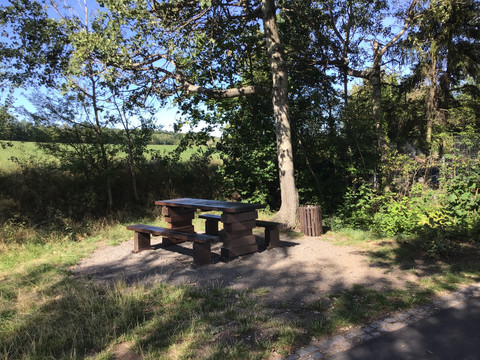Adventure Region Cycle Route 6:On the traces of Dresden's city history and old railroad lines Route length: 55 km Profile: difficult, very long ascents Starting point: Dresden Old Town (Elbe Cycle Path, level of Carola Bridge)
Starting at the Carola Bridge, Route 6 leads along the edge of Dresden's culturally and historically valuable Old Town to Pirnaischer Platz, where you can learn about the history of the state capital in the City Museum. You will now follow the route to the German Hygiene Museum with its famous exhibit of the Glass Man from 1930. The foundation of the museum in 1912 goes back to an initiative of the Odol manufacturer Karl August Lingner. Not far from the Transparent Factory you will reach the Great Garden. The park, which was laid out in 1676 by Elector Johann Georg II - at that time still outside the city gates - has been open to the public since the middle of the 19th century. Its attractions include a visit to the Dresden Zoo. You can also take a ride on the park railroad.
Continuing on the route, you will soon spot one of the two old gas storage tanks on the right. The 130-year-old, smaller building houses the Panometer. There, the artist Yadegar Asisi has been exhibiting various panoramic paintings since 2006, which take the viewer back to important epochs in the city's history.
In the further course you reach Freital-Burgk via Kaitz. Here the route runs from the Marienschacht with the mining and regional museum on the former route of the Windbergbahn. Also known as the "Saxon Semmering Railway", Germany's first mountain railroad was considered a masterpiece of engineering in the early days of railroad construction. The line leads not far past Burgk Castle into the center of Freital. There you will find the Reichard House, the former home of the aeronaut couple Wilhelmine and Gottfried Reichard.
Along the old narrow-gauge railway line you will continue to Freital-Zauckerode, which has become famous for its coal mining. The former mining is remembered today by the winding tower near the Oppelschacht, which was moved from the former shaft point Dresden-Gittersee. Finally, the route leads to the town of Wilsdruff, which was first mentioned in a document in 1259. On a detour to the market, you can admire the world's first glass carillon at the Wilsdruff town hall. The ruby red bells made of Lauscha glass ring out four times a day and on special holidays. Passing the Jakobikirche, probably the oldest Romanesque hall church in eastern Saxony, you will reach Gompitz after several villages, from where you have a good view of Dresden and the Elbe valley.
You will now roll downhill through the prefabricated housing area of Gorbitz and on the east-west route back to the center of Dresden.
Note: You can purchase the brochure "Cycling & Discovering in the Dresden Adventure Region" with further information in the city halls of the adventure region.
www.erlebnisregion-dresden.de
